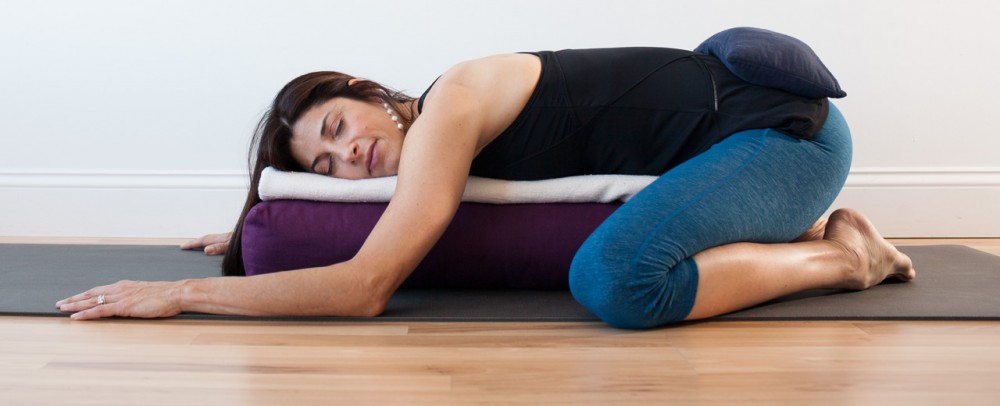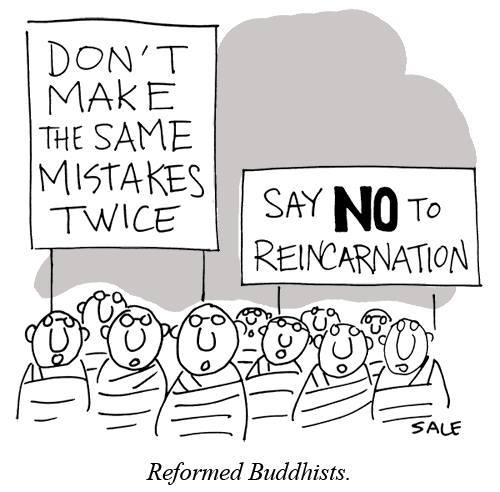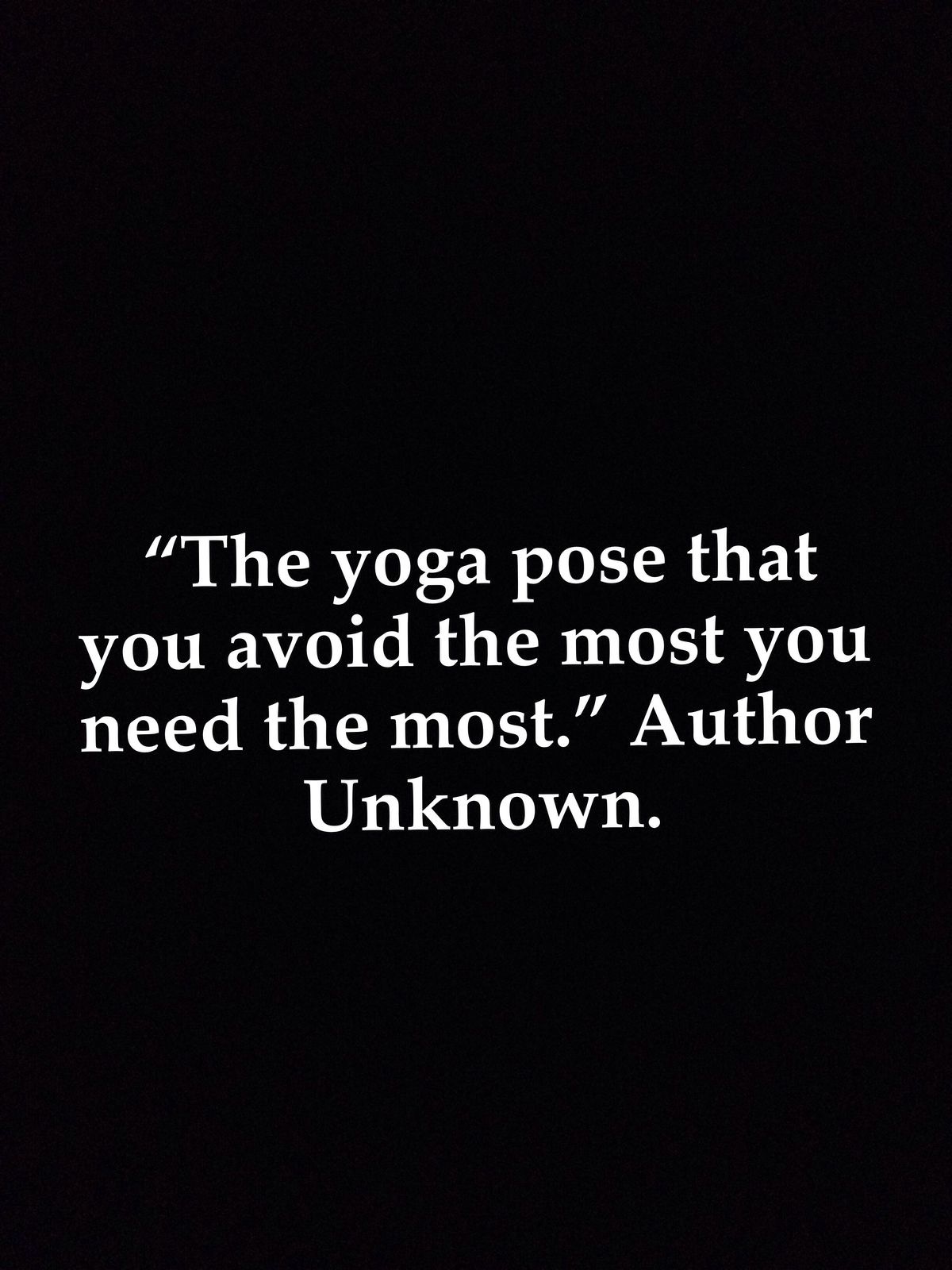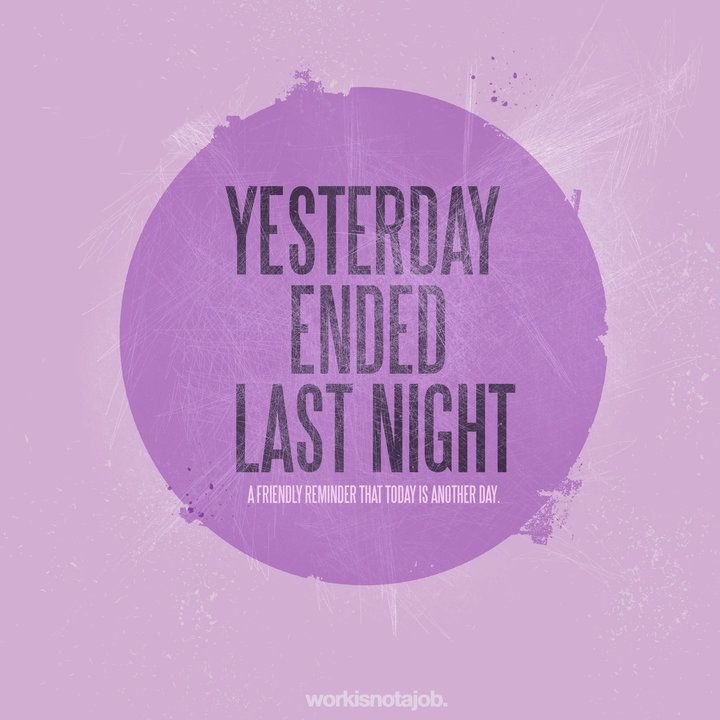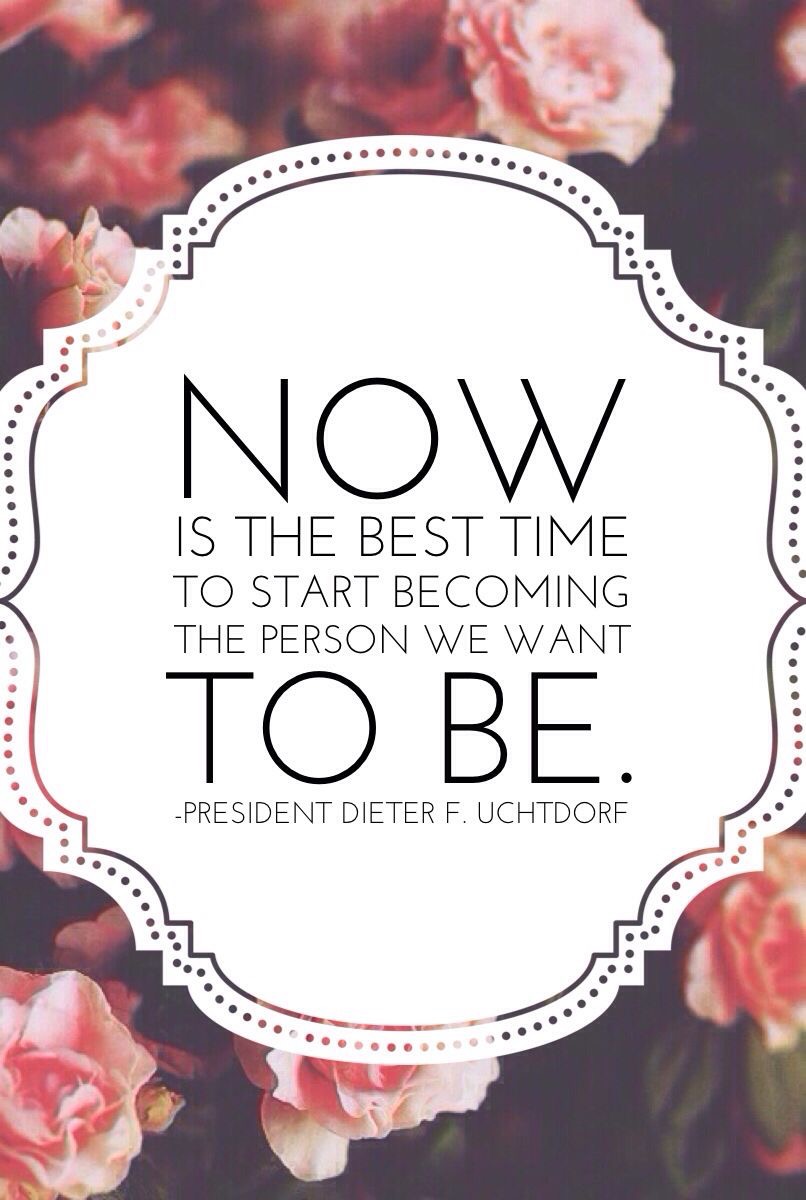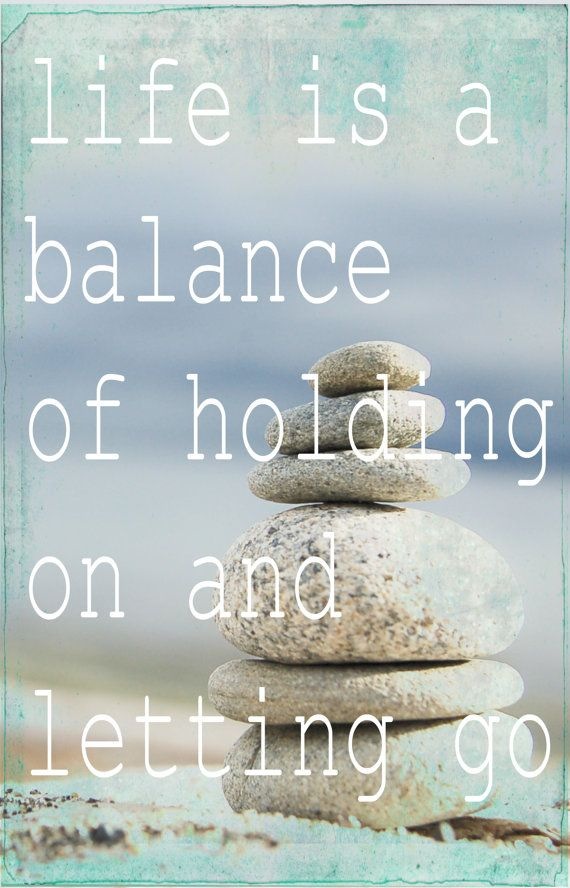Wisdom
The best takeaway wisdom from teaching and practicing for me this past year was that if a student understands who he or she is it is going to make the job of cue-ing into an asana more efficient and lead to greater possibility that the student will actually benefit from what is being done. This is easier in a one-one setting, but I still try to empower students so they can figure out how to navigate themselves. This, to me, is a great skill to have off the mat as well, facing so many choices in our day. We can get a bit lost in tasks, stresses and relationships which distract us from the quiet inner guidance. You need to be able to figure some stuff out from the inside and thus heal, recover, rebalance.
Effectively, if you look at Yoga as a tool box for life management, it is “a process of deepening self-awareness which is inclusive of the body – a restoration of full awareness, a ‘remembering’ and rediscovery of our true, enduring self, that is at the same time a constant process of healing. The mental and physical obstacles we face are rooted in our limited self-awareness – i.e. preoccupation with the demands of the ego- which in turn lulls us into self-forgetfulness. The result is inefficient and even self-defeating patterns of movement accompanied by tension, pain, and even injury- whether simply physical, or moral and spiritual injury….Thus ‘yoga’ in the tantric sense, is ‘therapy’ – an ongoing process of self-healing- a healing of our awareness or understanding ” – Doug Keller
So next time you go to a class, don’t just listen to the Teacher and follow blindly. Interpret the directions based on who you are…
